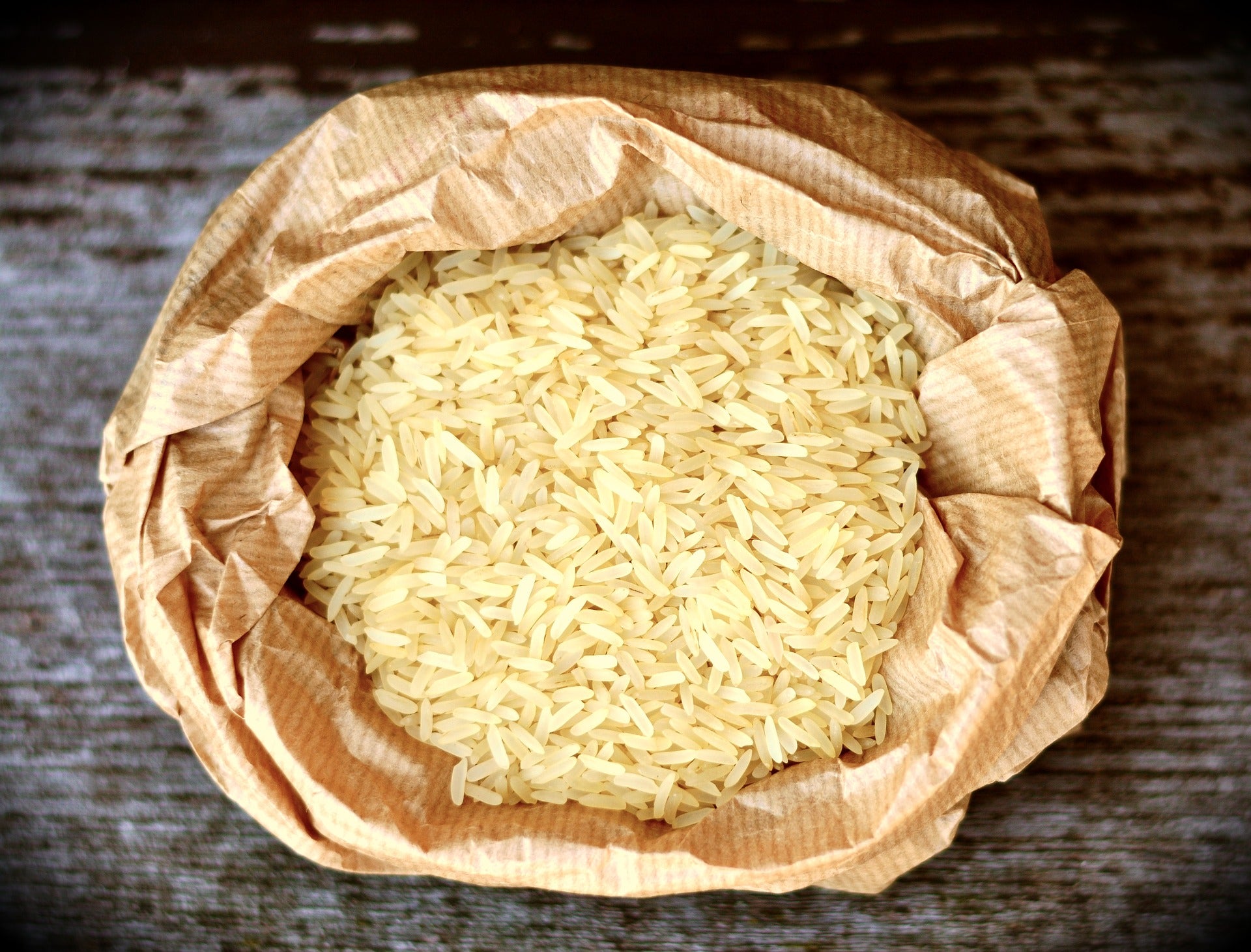Getting Good Grains: Which Rice is Healthiest?
Published:
Rice is nice. Chances are you probably have some in your pantry right now. It’s cheap, filling, easy to make, and touted as healthy pretty much across the board (sorry, not for our keto friends). It’s used in cooking across the world — and for good reason. The Harvard T.H. Chan School of Public Health tells us that whole-grain rice is a great source of the nutrients we need, including:
- Fiber
- Magnesium
- Vitamin B1
- Vitamin B6
- Phosphorous
- Manganese
- Selenium
Not bad, for something with an extremely mild flavor that’s relatively low-calorie. But before you start filling your plate with white rice, think twice. There are some major — and important — differences between types of rice that impact the nutrients they deliver to your body.
Getting clear on the different types of rice
Uh oh. If we’re going to talk about rice types, there’s quite a bit of ground to cover. But don’t worry. We’re not writing a thesis on rice here. We just want to give you enough info that you can make healthful choices in the grocery store and at your fave restaurant.
Rice by grain length
The first way to delineate between rice types is by the length of the grain. You have three options: short-, medium-, and long-grain rice. There aren’t huge health differences between the three, but the grain length definitely makes a difference for texture. If you want light, fluffy rice, go long. Making sushi? Short-grain rice will give you the stickiness you need.
Rice by variety
Here’s where you’ve got a lot of options. There are a bunch of different varieties of rice. Think: basmati, arborio, jasmine. Then there are the different colors of rice, including red, purple, and black (also called forbidden rice if you’re looking for a fun convo starter). The components that lend red/black/purple rice varieties their color contain antioxidants, so health-wise, the darker the rice, the better.
Rice by processing differences (the important one)
Wait, wait, you’re probably thinking. If we’re going to talk about rice colors, how could we forget the all-important brown versus white? We didn’t. But you might be surprised to learn that brown and white rice aren’t different varieties, they’re just the result of different processes. Arborio rice can be brown or white, for example, as can basmati.
Technically, brown rice is a type of rice that’s still whole, or that hasn’t been processed to strip it of its bran and germ. While all brown rice is whole rice, not all whole rice is brown. The purple, red, and black rice we mentioned before is also whole.
White rice is rice that’s been milled so only the white endosperm remains. The problem? The bran and germ are where a lot of the nutrient lie so choosing this refined rice means missing out on nutrients.
Go brown or whole whenever you can to give your body the best boost.
Be well,